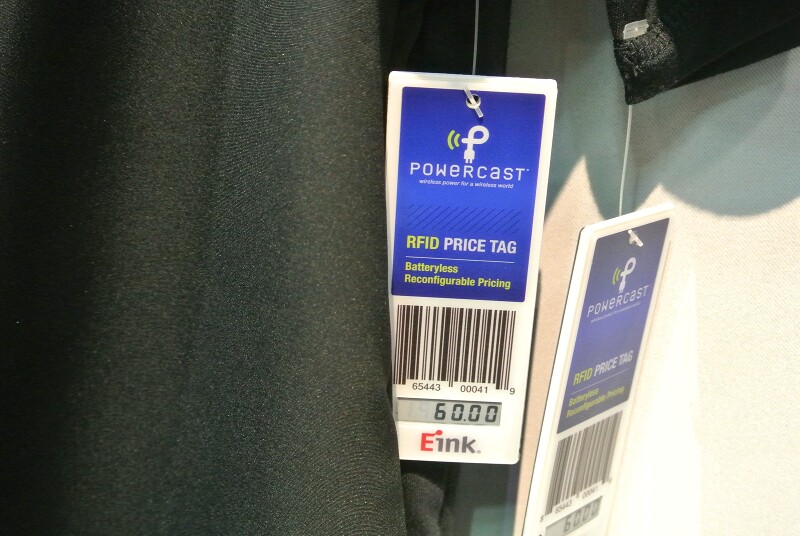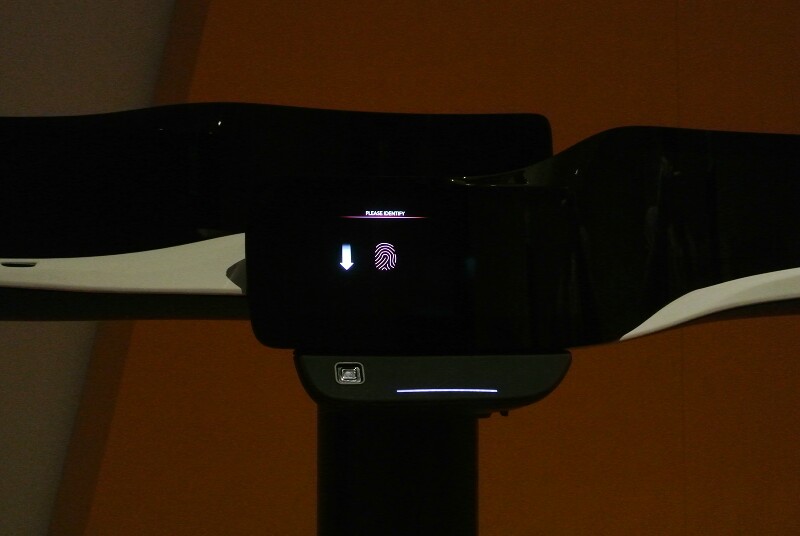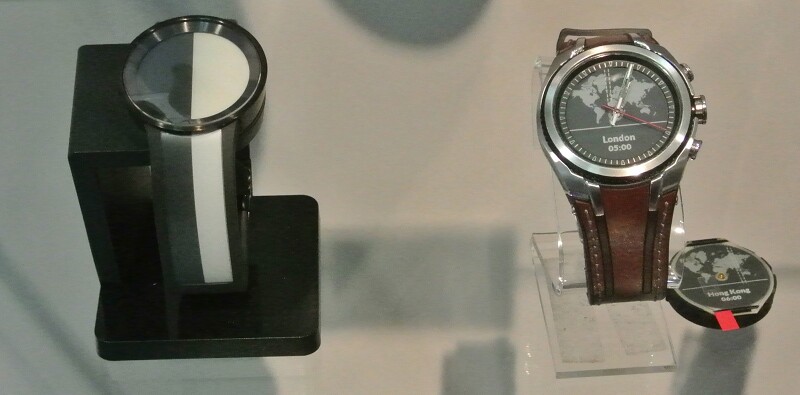Continental is a huge global Tier 1 supplier to automotive industry that is develops and delivers subsystems for nearly every imaginable automotive function. (A different division is the well-know tire maker.) Among the concepts and systems Continental promoted at CES were:
- Key as a service
- 3D touch display
- Many aspects of highly autonomous driving (HAD, which was a new acronym to me)
- eHorizon: crowd-sourced data on a vehicle’s surroundings
- An audio system that uses actuators attached to the cars structure to generate sound
- A multi-level biometric system for providing secure access to your vehicle or a shared one.
- A compact suspension air element to replace shock-and-spring struts.
The actuator sound system won a CES Honoree Award and the 3D touch display won a Best of Innovation Award.
With a Media Day press conference, a sizeable booth at the Las Vegas Convention Center, and an elaborate Thursday-morning, invitation-only media event, Continental gave itself the chance to say a lot, and the display part was more-or-less buried by the surrounding riches.
We’ll turn that upside down and focus on the displays, and then give some of the systems stuff a brief mention.
When people in the automotive display world talk about 3D displays they are generally not talking about images that hang in the air. Most often, they are referring to a display with layers, such as a mechanical indicator over a displayed 2D background. And 3D touch generally does not mean holographic buttons that are actuated by touching them in 3D space. Visteon’s 3D touch display consisted of a molded lens in front of the display, with touch-sensitive areas in the 3D contours of the lens that allow the driver to find the touch buttons by feel (Fig. 1). And, to be fair, Continental did call this a “3D Touch Surface Display. Haptic feedback tells the driver when the button has been actuated. This may not look like somlething from Star Wars, but it’s a good concept and was well implemented.
Fig. 1. Continental’s 3D Touch Surface Display wond a CES Best of Innovation Award. (Photo: Ken Werner)
What did look a bit more Star-Wars-like was an integrated curved dash with hot-formed glass elements and force-sensing haptics (Fig. 2). In the illustrated implementation, the four center displays are OLED, and the two outboard displays are LCDs. In production, one processor will drive all of the displays. Images could be moved almost effortlessly from one display to another with a finger swipe, and a fingerprint sensor served as an ignition switch (Fig. 3). The OLED displays do provide impressive images (Fig. 4).
 Fig. 2. Integrated hot-formed curved display with four OLED displays and two LCDs. ( Photo: Ken Werner)
Fig. 2. Integrated hot-formed curved display with four OLED displays and two LCDs. ( Photo: Ken Werner)
 Fig. 3. Keyless — but not fingerless — ignition was integrated into the curved display. (Photo: Ken Werner)
Fig. 3. Keyless — but not fingerless — ignition was integrated into the curved display. (Photo: Ken Werner)
 Fig. 4. One of the OLED displays showed how impressive an automotive OLED can be. (Photo: Ken Werner)
Fig. 4. One of the OLED displays showed how impressive an automotive OLED can be. (Photo: Ken Werner)
Now, briefly, for some of the non-display concepts Continental was demonstrating.
“Smart City Solutions” is a new area for Continental, but versions of the concept were being shown by several Tier 1 suppliers and automotive OEMs, notably Ford. A Continental spokesperson noted that 30% of city traffic consists of drivers looking for parking spaces. Just guiding people to parking spots would relieve traffic, reduce wear on vehicles and roadways, and reduce fuel consumption and pollution significantly. Predictive traffic lights would let drivers “ride the green wave,” Continental said, with similar benefits. It should be noted that “riding the green wave” has been possible in Manhattan for decades by driving at the speed for which the traffic lights are synchronized, approximately 33 miles per hour if memory serves.
Also discussed were Celluar V2X (vehicle to network) communications, precise positioning, iInductive charging for electric vehicles, the gigabit Ethernet, Continental’s automatic driving control unit (ADCU). The company quoted figures Argus Cybe Security Ltd. to the effect that there will be 100s of millions of connected cars in two years.
Following the presentations, attendees were given the opportunity to explore several vehicles located in a Renaissance Hotel courtyard. One was outfitted with the actuator sound system mentioned prevously (Fig. 5). The implementation was impressive, with a transparency and clarity that seemed to exceed that of the premium system in my own car. I was impressed. — Ken Werner
 Fig. 5. Continental’s speakerless audio system uses actuators attached to the vehicle’s structure instead of speakers. The concept is not unlike LG’s Crystal Sound OLED TV, but the number of actuators is greater and the system tuning must be far more complex. (Photo: Ken Werner)
Fig. 5. Continental’s speakerless audio system uses actuators attached to the vehicle’s structure instead of speakers. The concept is not unlike LG’s Crystal Sound OLED TV, but the number of actuators is greater and the system tuning must be far more complex. (Photo: Ken Werner)

